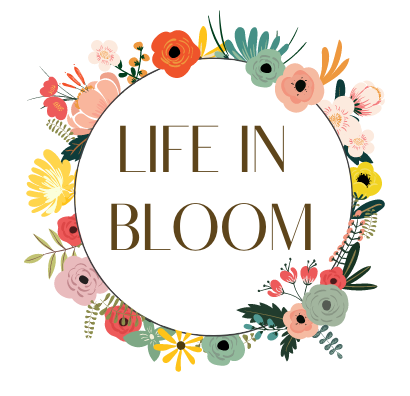There are many reasons why we love our gardens. They provide us with peace, happiness, and tranquility as we relax on a lazy Sunday with our own little slice of nature. They provide us with space to grow our own veggies, fruits, and herbs for delicious, healthy meals. They’re a place in which we can enjoy a few moments’ quiet solitude or bring all our friends over for barbecues and garden parties. The humble back garden is many things to many different people. But we humans are rarely the only people to benefit from them. Our gardens are a hunting ground for predators of the land and sky. They’re places of respite for tired, migrating birds. And they’re a vital part of sustaining our local bee populations.

We all know that without bees, our ecosystem couldn’t possibly hope to survive. It’s no exaggeration to say that without bees, eventually, all life on Earth dies. Fortunately, those of us with gardens are the first line of defense against an apocalypse. Here are some ways in which you can make your garden more bee-friendly and aid the dwindling populations of our pollinating pals…
Understand the bee species that live near you
As you may or may not be aware, there are over 20,000 species of bee, and some are active at different times of the year, while some have different habits and needs. The Red-Tailed Bumblebee- Bombus Lapidarius, for instance, can nest under stones and in deserted underground burrows rather than in traditional hives. If this species is common in your area, you’ll need to be extra careful when investigating areas like these in your garden. Designating a “wild area” in your garden which you seldom (or never) visit is a great way to encourage bees to make your garden their home.
Plant bee-friendly plants all year round
Because different bee species are active at different times, you’ll want to ensure that there are always some plants that they can visit.
In spring plant bluebells, crocuses, dandelions and crocuses. In summer try planting thyme, holly hocks, sweet pea and alliums. As summer drifts into autumn, plant cornflowers, lavender or the aptly names honey suckle.
Provide shelter
Bees can’t be expected to fly around all day every day. They like to be able to stop and rest somewhere sheltered where they don’t need to worry about birds and other predators. Your old broken plant pots can be up-turned to make effective shelters for tired bees.
Avoid pesticides
Pesticidal chemicals don’t just keep garden pests at bay, they also repel bees (and are lousy for the environment in general). Instead of using them, try planting marigolds, garlic or tomatoes to keep common pests like greenfly at bay.
Use The Bee Trust’s Garden Friendliness Tool
Still not sure if your garden is as bee friendly as it could be? You may want to use this free tool from The Bee Trust to ascertain your garden’s current bee friendliness. Just answer a few questions and you can find out if you’re doing all that you can to encourage bees to spend some quality time in your garden.






